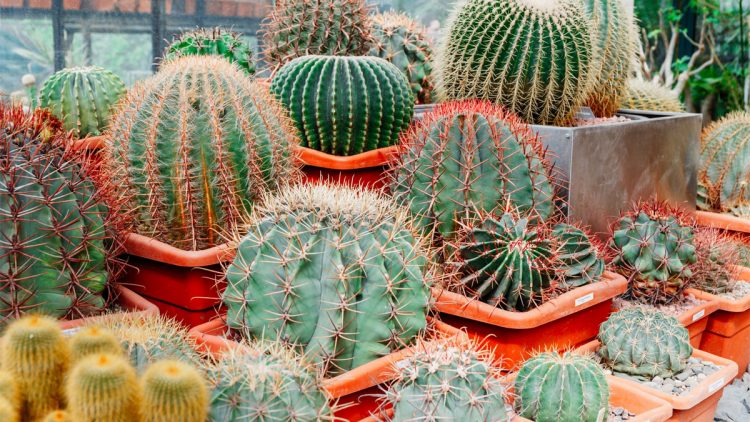How Do I Know I Can Remove the Cactus in My Yard?
How Do I Know I Can Remove the Cactus in My Yard?
GET A FREE ESTIMATE TODAY!
Cacti are not only a part of the desert in Phoenix, but they are also a part of Arizona law. Before you get your gloves and shovel, you need to know which cactus you can take out without a permission and how to do it properly and responsibly. Before taking down or moving a cactus in your yard, every homeowner should know these things.
1. Learn About Arizona’s Laws That Protect Native Plants
The Arizona Department of Agriculture (AZDA) makes sure that rules are followed that safeguard native flora, like several kinds of cacti. The saguaro is the most famous, but other types of cacti, like barrel cacti, organ pipe cacti, and cholla, may also be protected. These rules still apply even if the cactus is on your own land.
To see if your cactus is protected, look at the AZDA’s list of protected native plants or call a certified tree or cactus removal service like Phoenix Trim-A-Tree that can tell you what kind it is.
2. When You Must Get a Permit
You can’t take down or damage your cactus if it’s on the protected list without an authorization from the state.
There are two primary kinds of permits:
Salvage Permit: lets you take out and transplant a protected cactus.
Destruction Permit: lets you take something out and destroy it if you can’t replant it.
Most of the time, you need a permit to grow cacti like saguaros, organ pipes, and some chollas that are taller or wider than a specified size. Before any work starts, your removal firm can assist you get the right permit and make sure that all rules are followed.
3. Times When Removal May Be Allowed Without a Permit
You can take the cactus out if it isn’t protected. Some such examples are:
Cacti like small prickly pears or hedgehogs.
Cacti that are not native to the area or are invasive.
Plants that are dangerous (for example, blocking sidewalks or growing too close to power lines).
Even if you don’t need a permit, it’s still a good idea to hire a professional to remove them, especially if they are big or spiny and could hurt you or harm your property if you handle them wrong.
4. Things to Think About for Safety and The Environment
Taking out cacti can be risky. For example, saguaros can weigh hundreds of pounds on each arm and are full of water. If you don’t take it out correctly, you could get hurt or damage it. To make sure everyone is safe during the process, professionals employ particular instruments and safety gear.
Also, be aware of where animals live. Gila woodpeckers and elf owls are two types of birds that commonly build their nests in saguaros and other big cacti. Taking down a cactus with an active nest could break federal laws that protect wildlife.
5. Proper Disposal or Moving
You can’t just throw a cactus away in the desert when you take it out. You have to throw things out at a licensed facility or recycling center. In rare circumstances, a removal specialist can move or use healthy parts of the cactus in other places on your property. This not only keeps the desert look, but it also helps the environment.
6. When to Get Help From a Pro
Don’t take the chance of getting a citation or hurt if you’re not sure what kind of cactus you have, how big it is, or whether you have a permit. Phoenix Trim-A-Tree is an expert at identifying, taking down, and following the law when it comes to cacti. Their skilled staff can safely take care of everything from small landscape cacti to huge saguaros, making sure that your property stays attractive and follows Arizona law.
Keywords: cactus removal Phoenix, cactus removal permit Arizona, saguaro cactus laws, cactus removal service, Arizona native plant law, cactus disposal Phoenix, professional cactus removal, desert landscaping maintenance
TREE TRIMMING AND REMOVAL SERVICES PHOENIX
If you own a property in the Phoenix Valley our team of trained, licensed, and insured tree cutting professionals will cut down and remove your tree safely and affordable. Every one of our skilled technicians understands our safe tree removal and cutting protocols and work together to get the job done quickly and safely. Keeping your property in the best condition possible while removing the tree is also our top priority. We remove the tree, clean up the mess, and leave your property in great condition.




